
5-10 MAY, 2020
Exibition opening story
1920’s Georgian Cinematography
Georgi Kakabadze, Ketevan Sadagishvili, Sofio Patsiashvili, Valery Levchenko, Sofia Jobava, Nino Kavtaradze worked on the exhibition.
The photo exhibition 1920S GEORGIAN CINEMATOGRAPHY combines about forty films, created on the basis of SAKHKINMRETSVI in 1921-29. Most of the presented photo material is still unknown to a wide audience.
Year after the birth of cinema, on November 16, 1896, the first cinema show was held in Tbilisi. In 1904, the first cinema ILUSIONI was opened. In 1907, photographer Alexander Dighmelashvili (Dighmelov) made interested in filming. Likewise, in 1908, one of the pioneers of Georgian cinema, Vasil Amashukeli, created newsreel stories, and in 1912 he shot the first feature-length Georgian documentary, JOURNEY OF AKAKI TSERETELI TO RACHA AND LECHKHUMI. In 1917, director Aleksandre Tsutsunava and the first Georgian film entrepreneur Germane Gogitidze made the first Georgian feature film "Christine". In 1921, during the First Republic of Georgia (1918-21), Germane Gogitidze directed the shooting of newsreels. After the Sovietization, Soviet cinema entered a new phase: the Central Film Institute SAKHKINMRETSVI (Goskinprom) was established and one of the fascinating and original periods in the history of Georgian cinema began. In the first half of the 1920s, directors from Russia were involved in the filmmaking process: Amo Bek-Nazarov (MAMIS MKVLELI /PATRICIDE – 1923, NATELA - 1926); Ivan Perestiani (ARSENA JORJIASHVILI - 1921, TSITELI ESHMAKUNEBI /RED DEVILS - 1923, SAMI SITSOTSKHLE/THREE LIVES - 1925) and Vladimir Barsky (MODZGHVARI/THE EXILE - 1922, METSKHRE TALGHA/NINTH WAVE - 1925). Nato Vachnadze, the star of Georgian cinema, appears in his film for the first time (ARSENA KACHAGHI /ARSENA, THE OUTLAW- 1923).
From the second half of the 1920s, Soviet film production became even more widespread, and Georgian authors appeared on the scene: theater director Kote Marjanishvili (SAMANISHVILIS DEDINATSVALI/STEPMOTHER OF SAMANISHVILI – 1926, AMOKI – 1927), who successfully shared his experience working with actors and introduced the traditional means of expression in cinema; Aleksandre Tsutsunava (VIN ARIS DAMNASHAVE/WHO IS THE GUILTY – 1925, KHANUMA – 1926, ORI MONADIRE/TWO HUNTERS – 1927, JANKI GURIASHI/REVOLT IN GURIA – 1928), whose films successfully unite the experience of the Georgian theatre and opera with the visualization of national motives;
It should be noted that making of screen versions of literary works by Georgian (Egnate Ninoshvili, Davit Kdliashvili, Aleksandre Kazbegi), as well as foreign authors (Stefan Zweig, Mikhail Lermontov, Ethel Lilian Voynich) has become a tendency during this period. The reasons are many.
The film politics of the 1920s, along with the ideologized films, opens the space for the authors for visual experiments and shape searches. Georgian authors are influenced by the world, more specifically, the Russian film avant-garde of the 1920s. They reject traditions and practices with outdated expression and create a "new cinema", impregnated with futuristand avant-garde pathos. In the second half of the 1920s, young authors appeared on the arena: Mikheil Kalatozishvili (Kalatozov) (JIM SHUANTE/SALT FOR SVANETIA - 1929); Nikoloz Shengelaia (GIULI – 1927, ELISO - 1928); Leo Esakia (HOLTZE/ON THE HOLT – 1928); Mikheil Chiaureli (UKANASKNEL SAATS/AT THE LAST MINUTE – 1929, SABA – 1929); Zakaria Berishvili (IBRAHIM AND GODERDZI – 1927, GHRUBELTA TAVSHESAPARI/SHELTER FOR THE CLOUDS – 1928); Siko Dolidze (MITSIS DZAKHILI/THE EARTH IS CALLING – 1929); Kote Mikaberidze (CHEMI BEBIA/MY GRANDMOTHER – 1929).
Shape searches and experiments are becoming an unconditional alternative in their work, and films are as empty as possible from literature and theater: this would be a poetic-rhythmic montage by Nikoloz Shengelaia in ELISO; strong desire to convey space on the screen and the tradition of establishing a subjective camera in Mikheil Kalatozov's JIM SHVANTE or the expressionist understanding of the bureaucratic machine in Kote Mikaberidze's MY GRANDMOTHER. All these films create a unique example of the Georgian film avant-garde of the 20s. It should also be noted that later some of them, due to a bold experiment, were also accused of formalism and avant-garde aspirations almost ended their film career.
The photo exhibition 1920S GEORGIAN CINEMATOGRAPHY combines about forty films, created on the basis of SAKHKINMRETSVI in 1921-29. Most of the presented photo material is still unknown to a wide audience. We think, this exhibition will give you some idea of the silent period of the 1920s Georgian cinema.

 Programme
Programme
 Programme
Programme
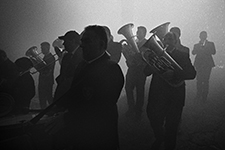
 Georgian National Museum
Georgian National Museum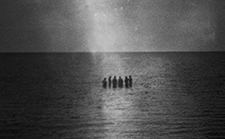
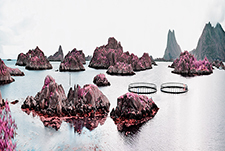
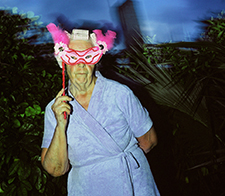
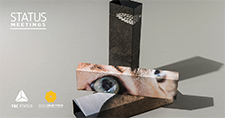
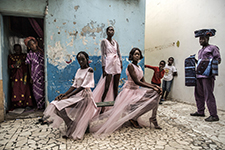

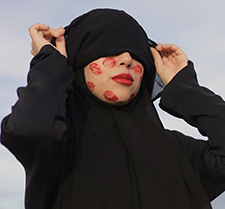
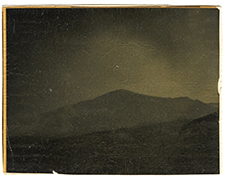
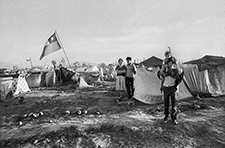
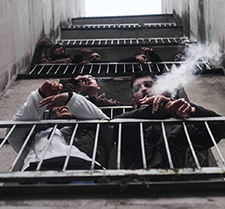


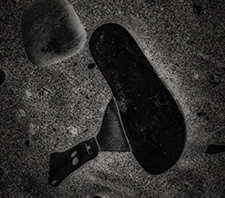
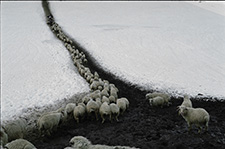
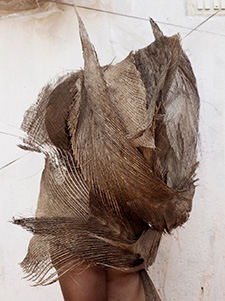
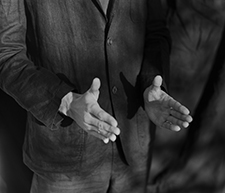
 Next to Peace Bridge
Next to Peace Bridge













